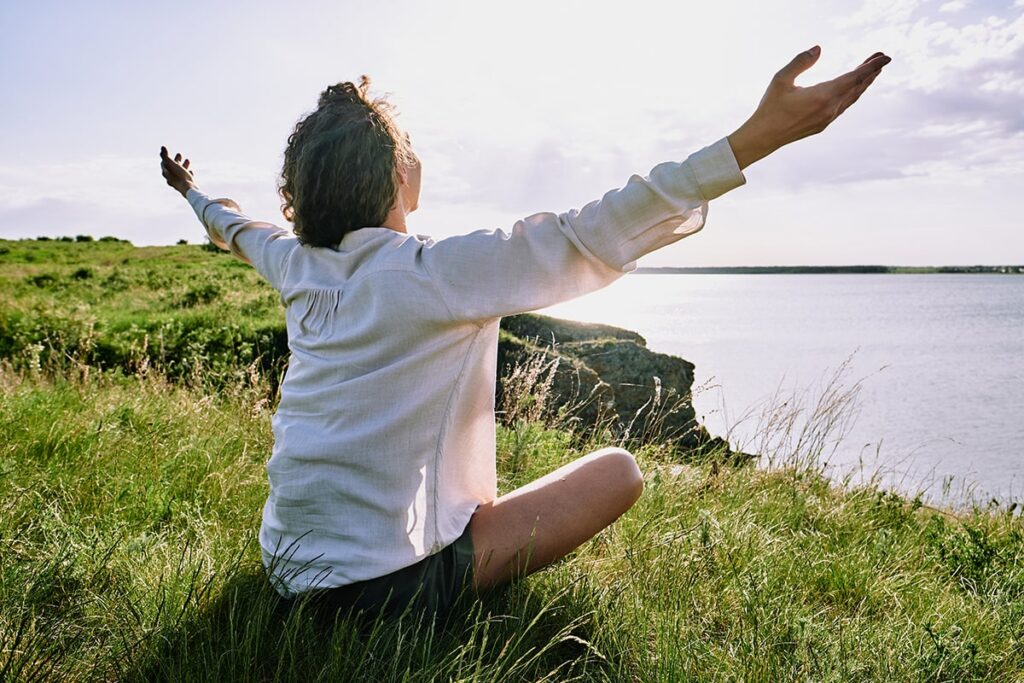What if reconnecting with the Earth could help reduce pain, improve sleep, boost our mood, and even enhance our body’s natural healing processes? This concept, known as grounding or earthing is not new, yet its benefits are only starting to gain recognition in the realms of health and wellness. Grounding in its simplest form, involves making direct contact with the Earth’s surface – walking barefoot on the beach, strolling through a grassy park, or even just sitting on the ground. It’s a practice as old as humanity itself, yet it’s something that many of us have lost touch with.
In this article, we’ll go thru the benefits of grounding, earthing and explore how simple natural practices can help us align ourselves with the Earth’s energy.
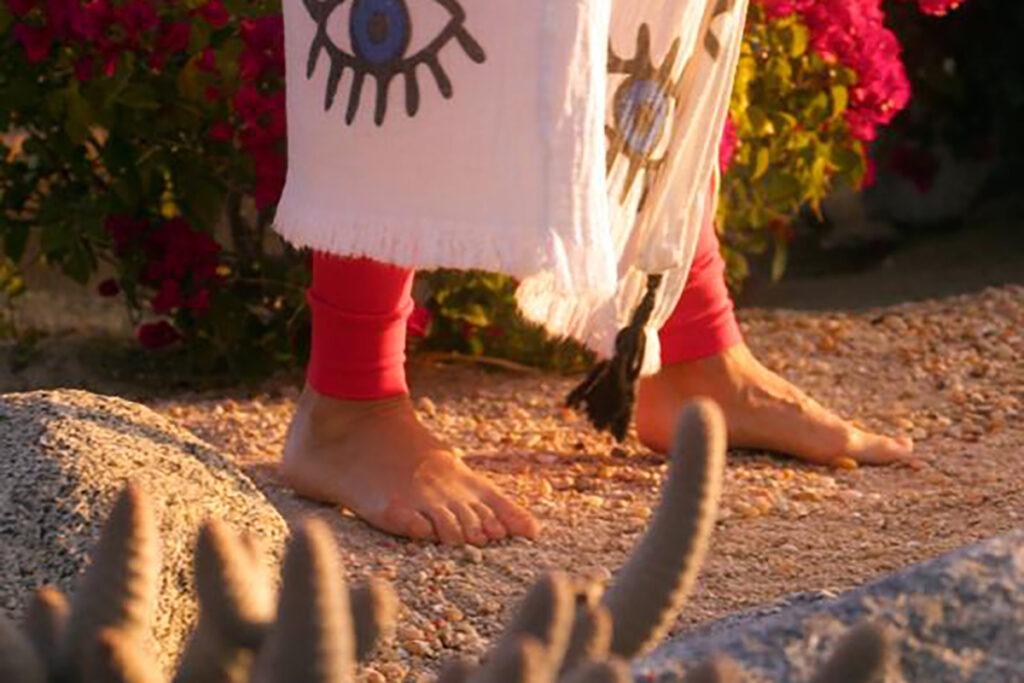
The Health Benefits of Grounding and Earthing
Grounding, also known as earthing, is a practice that involves making an electrical connection to the earth’s energies. The benefits of grounding include reduced stress, improved sleep, better balance in life, reduced inflammation, reduced cortisol, increased energy, increased healing speed, decreased pain, restored balance to the body, improved immune response, and improved wound healing. [1]
By connecting with the earth’s energy, we can help our bodies neutralize free radicals, reduce blood viscosity, and optimize the immune response among many other benefits!
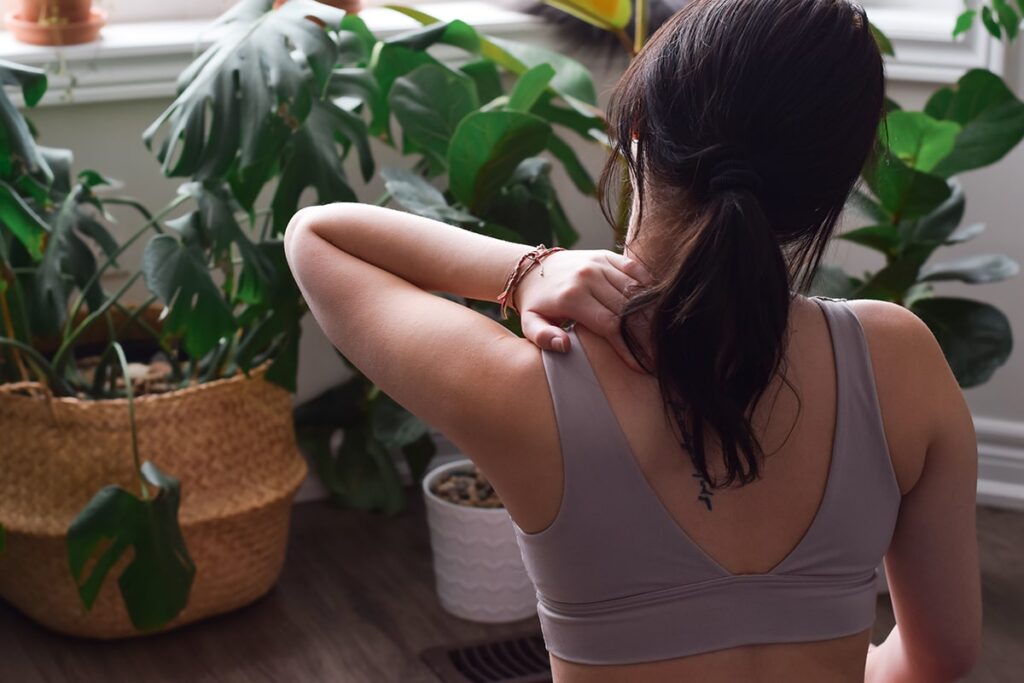
The Effect of Grounding on Delayed Onset Muscle Soreness (DOMS) and Muscle Damage
After intense workouts, many of us experience delayed onset muscle soreness (DOMS). It’s the stiff, painful sensation that peaks 24 to 72 hours post-workout. Grounding, I’ve found, has been instrumental in reducing this discomfort. How does this happen?
When we connect with the earth, free electrons from the ground are absorbed into our bodies. These electrons have antioxidant effects that neutralize the oxidative stress and inflammation in our muscles that leads to DOMS. This not only reduces muscle soreness but also decreases muscle damage.
Grounding's Impact on the Immune System and Autoimmune Diseases
Our immune systems are complex networks of cells, tissues, and organs that defend our body against invaders. Grounding has been shown to reduce chronic inflammation, a root cause of many autoimmune diseases. By neutralizing free radicals (molecules that cause inflammation and damage tissues), grounding supports the immune system and reduces the risk of autoimmune diseases.
Grounding and Hypertension
Hypertension, or high blood pressure, is a common condition that can lead to serious health problems. Emerging research suggests that grounding can help improve blood pressure levels. It’s thought to do this by improving blood viscosity and promoting better blood flow and oxygenation.
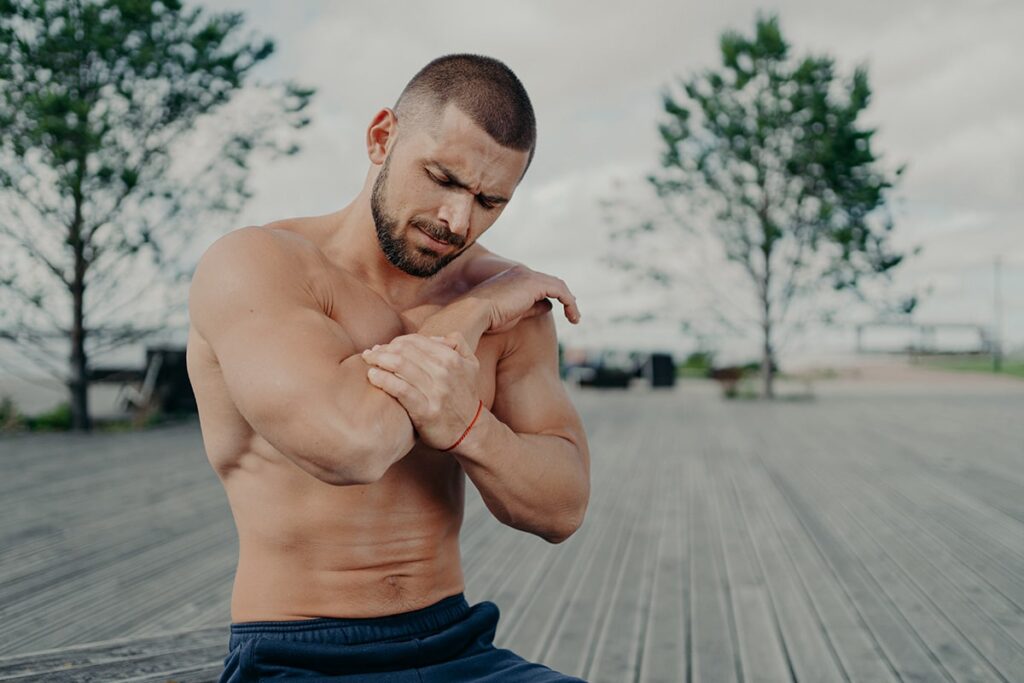
Grounding and Chronic Inflammation
Chronic inflammation is the root cause of many health conditions. Grounding reduces inflammation by flooding the body with negatively charged ions that neutralize harmful free radicals[2]. This not only reduces existing inflammation but also helps to prevent future inflammatory responses, leading to healthier tissues and overall improved health.
Grounding and Chronic Fatigue and Sleep Disorders
Chronic fatigue, a condition characterized by extreme tiredness that doesn’t improve with rest, can be debilitating. Grounding has been shown to help reduce chronic fatigue by increasing facial blood flow and improving sleep,
If you’re struggling with sleep disorders, grounding is also worth a try because by connecting with the earth’s energy, grounding can reduce sleep disturbances. Many individuals who practice grounding, including myself, report improved sleep and feeling more rested when waking up.
Grounding and Pain Reduction
Pain relief is one of the most commonly reported benefits of grounding. This is believed to be due to grounding’s ability to reduce inflammation, a common cause of pain. Whether it’s chronic pain, pain from an injury, or even pain interfering with sleep, grounding may offer a natural and effective solution.
Grounding and Stress
Chronic stress can wreak havoc on our bodies, causing a host of health problems. Grounding can help to mitigate the effects of chronic stress by reducing the levels of stress hormones in our bodies. This can lead to a greater sense of calm, improved sleep, and a more balanced emotional state.[3]

Grounding and Earthing: A Personal Journey
Grounding and earthing are practices that I stumbled upon during a podcast by Ben Greenfield. I already knew about the health benefits of grounding and so I decided to adopt these practices into my life more seriously. I live in Palm Springs and being grounded came naturally in my house (which sits directly on the earth), I found that I could easily connect to the earth’s energy simply by walking barefoot on the warm ground outside.
It’s when I moved to Miami for a year that this changed. Transitioning from a ground-level home to a 6th-floor condo disconnected me from the earth. I started experiencing a decline in my health that was manifested in persistent foot pain, lower back issues, heightened irritability, and anxiety. The year I spent in Miami gave me insight into how disconnecting from the earth’s natural healing energy negatively impacted my well-being.
Walking bare feet, a direct skin contact with the earth’s surface, is one of the easiest grounding techniques you can adopt but I also discovered a company called XERO Shoes, they have sandals made from a special material that allows you to stay grounded.
Despite their appearance which isn’t the most fashionable, many biohackers wear these sandals without a care, valuing the health benefits over aesthetics. While I haven’t completely abandoned my sense of style, I did purchase a pair!
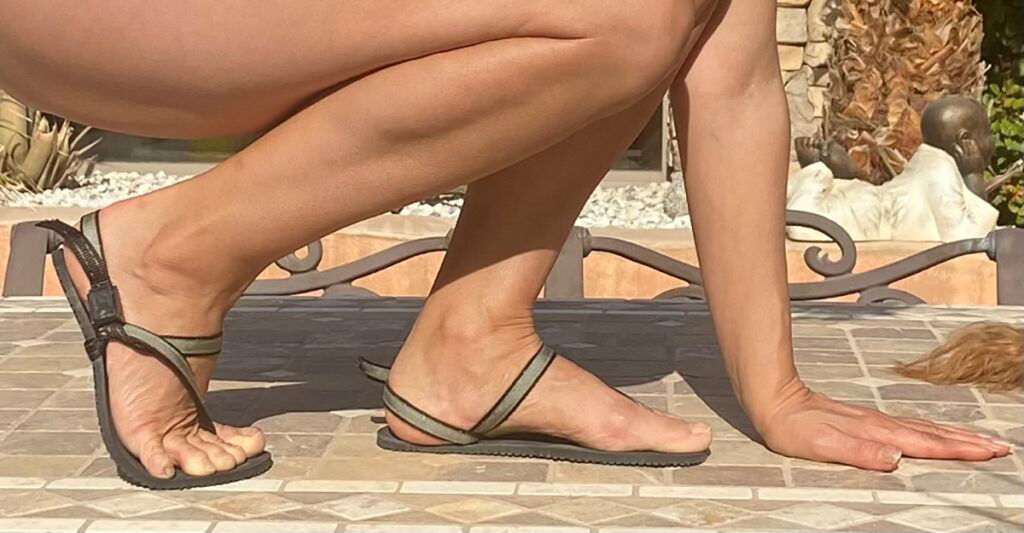
Grounding Products and Techniques
There are ways to enhance your grounding experience and maximize the benefits, especially if you live in areas where walking barefoot might be challenging due to cold weather or lack of green spaces.
As I mentioned above, specialized grounding shoes like the ones from Xero Shoes, Vivo Barefoot or Earthing are a good investment. The ones I have are integrated with copper that runs through the straps, enhancing their grounding potential. Copper is known for its electrical conductivity, which, when in contact with the earth’s energy, can offer better blood flow and a more balanced energetic field.
Another amazing hack involves grounding products for your home, like grounding mats and sheets, made with conductive carbon threads woven into the fabric- these are excellent options for those living in high-rise buildings or cold climates. These grounding systems work by connecting to a power outlet and diverting the earth’s energy to you as you sleep or sit. So if you don’t have easy access to a grassy patch / warm weather all year round, look into a simple grounding system that you can easily incorporate into your daily routine.
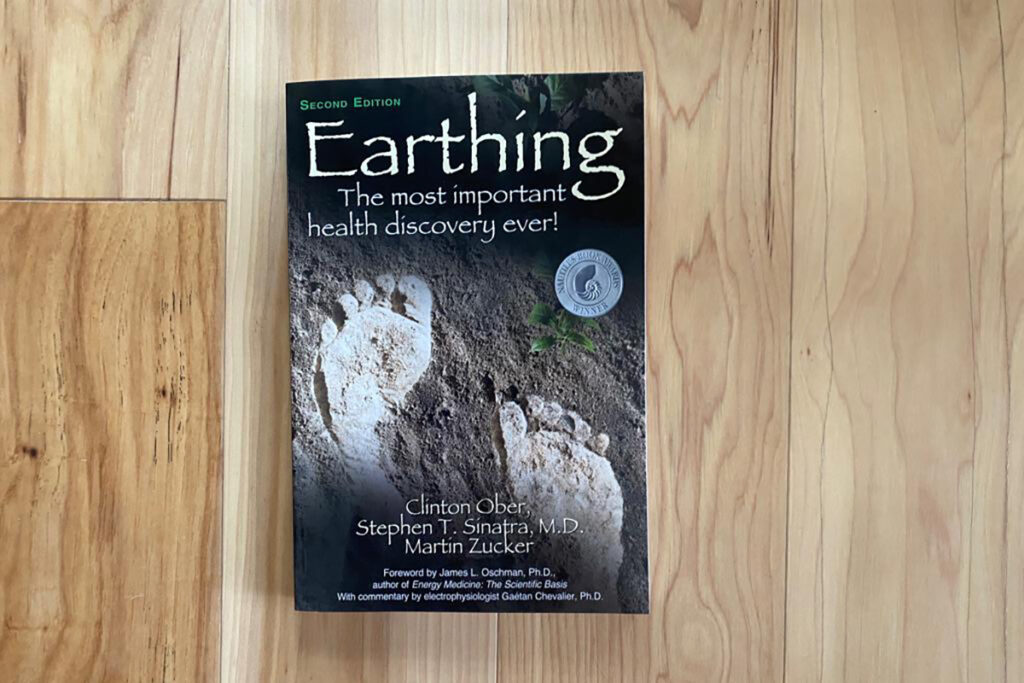
I recommend reading “Earthing,” a book that unravels our planet’s untapped natural healing energy by authors Clinton Ober, Stephen T. Sinatra, and Martin Zucker.
The authors carefully put together interesting research and personal testimonials, shining light on a big discovery that could change health around the world. It revisits humanity’s evolutionary path where we walked barefoot, slept on the ground, and unknowingly tapped into the Earth’s limitless healing energy. This energy, always refreshed by sunlight and lightning, works like the electricity that makes a lamp light up. It helps our bodies work properly. This book shows you how to connect with this energy again.

Differences Between Earthing and Grounding
While the terms grounding and earthing are often used interchangeably, they refer to slightly different practices. Grounding involves making direct contact with the earth’s natural energy, either through walking barefoot or using special sandals, shoes, socks or grounding products like mats or sheets. Earthing, on the other hand, specifically refers to being direct contact with the ground such as walking barefoot on grass, sand, or soil.
Grounding: The Biohacking Approach
In the biohacking world, grounding is often referred to as “bio-hacking earthing”. This means using products like grounding mats or specialized footwear to connect with the earth, even when direct contact with the earth isn’t possible. For instance, during colder months or in urban environments where walking barefoot isn’t practical, you can still ground yourself using these products.
Walking barefoot? How Earthing Works
Walking barefoot, commonly referred to as “earthing,” is a simple yet profound practice that connects us directly to the earth’s surface. The soles of our feet have more sweat glands and nerve endings per square centimeter than any other part of our body. This high sensitivity makes them the perfect conduit for the earth’s free electrons.
When walking barefoot, our bodies absorb these free electrons, which are rich in antioxidants. They can neutralize harmful free radicals in our bodies, reducing inflammation and oxidative stress. Walking barefoot also stimulates the numerous nerve endings in our feet, which has a beneficial effect on our nervous system and overall well-being.
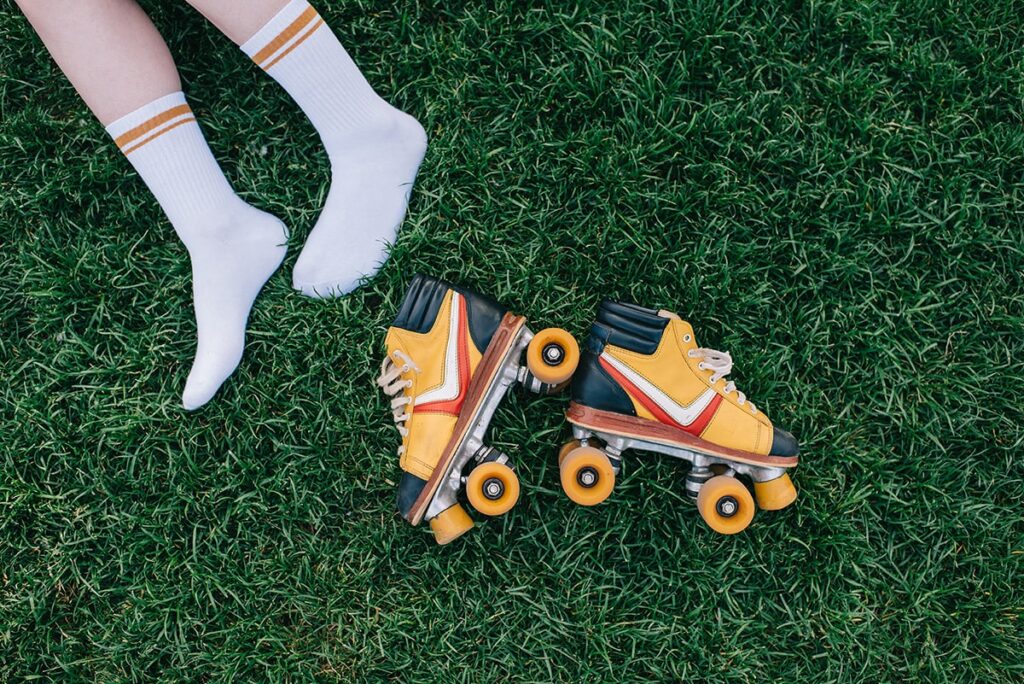
Tip: Socks can be a barrier to effective grounding. To truly connect with the earth, you need to establish direct contact with the ground. This might mean going barefoot, or investing in specialized grounding shoes or socks.
Whether you’re grounding with an earthing product or earthing by walking barefoot on the ground, the goal is the same: to balance your energetic field and tap into the earth’s healing energy.
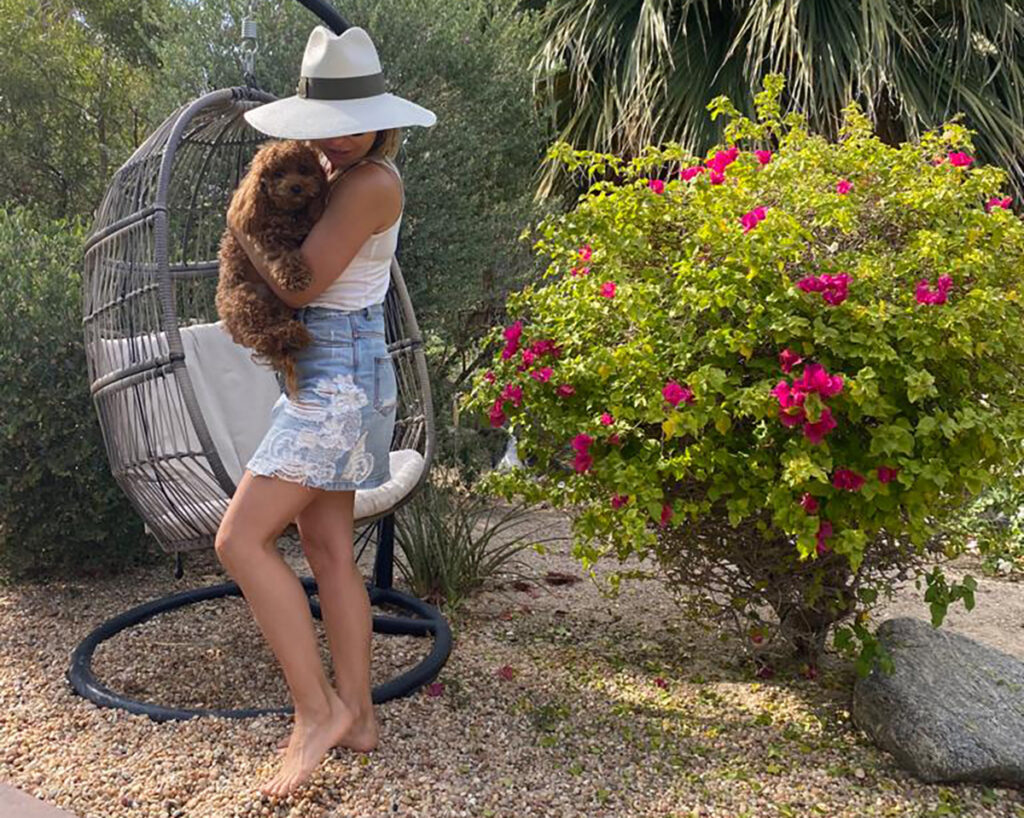
My Daily Ritual
Making grounding a daily habit has been instrumental in enhancing my well-being. I aim to walk barefoot for at least 15 minutes a day, whether in a park or in my backyard. Even if my schedule gets too busy or hectic, I always make time to just take a quick break, remove my shoes, and walk around in my backyard.
This little ritual acts as a fast charger, reviving me and making me ready to tackle the rest of my day, whether my next tasks involve cooking or putting my daughter to bed.
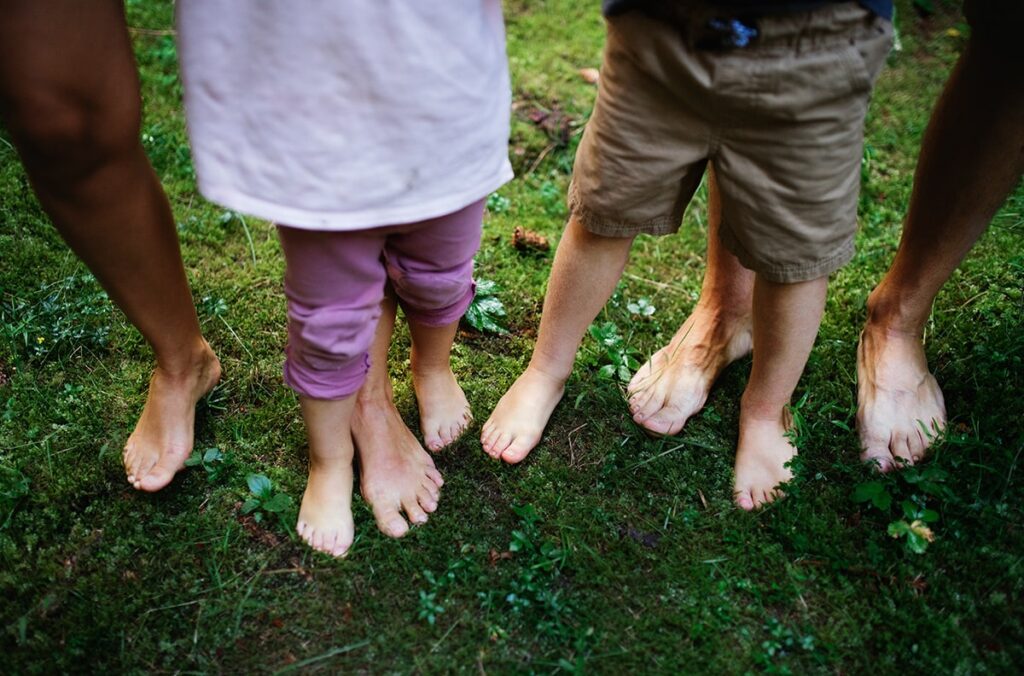
How Long Should You Practice Grounding and Earthing Each Day?
The amount of grounding time can vary depending on individual health status and lifestyle factors. However, research suggests that significant benefits can be experienced with just 15-30 minutes of grounding each day. Again, this could be as simple as walking barefoot in your backyard or using a grounding mat while you work or sleep.
It’s important to note that while grounding has many potential benefits, it should not replace medical treatment for serious health conditions. Always consult with a healthcare professional if you have a health concern.
Earthing Techniques and Other Benefits of Grounding Barefoot
Incorporating grounding into your daily routine can be a simple, natural way to improve your health and wellbeing. Whether it’s taking a barefoot walk in the park, swimming in the ocean, grounding yoga where you practice yoga outdoors barefoot, using a grounding mat or even just sitting or lying directly on the earth, each of these techniques allows you to tap into the Earth’s natural healing energy.

Coaching Sessions
I am currently offering one-on-one coaching sessions to help individuals who may be facing challenges in achieving their goals independently. My goal as a coach is to guide and support you in every step of your journey, while also holding you accountable for the actions you take towards achieving your desired outcomes.
Whether you want to improve your health and wellness, establish better habits, or achieve personal and professional growth, I can provide you with personalized attention, a customized approach that suits your unique needs, and the necessary tools and motivation to help you reach your full potential and transform your life.
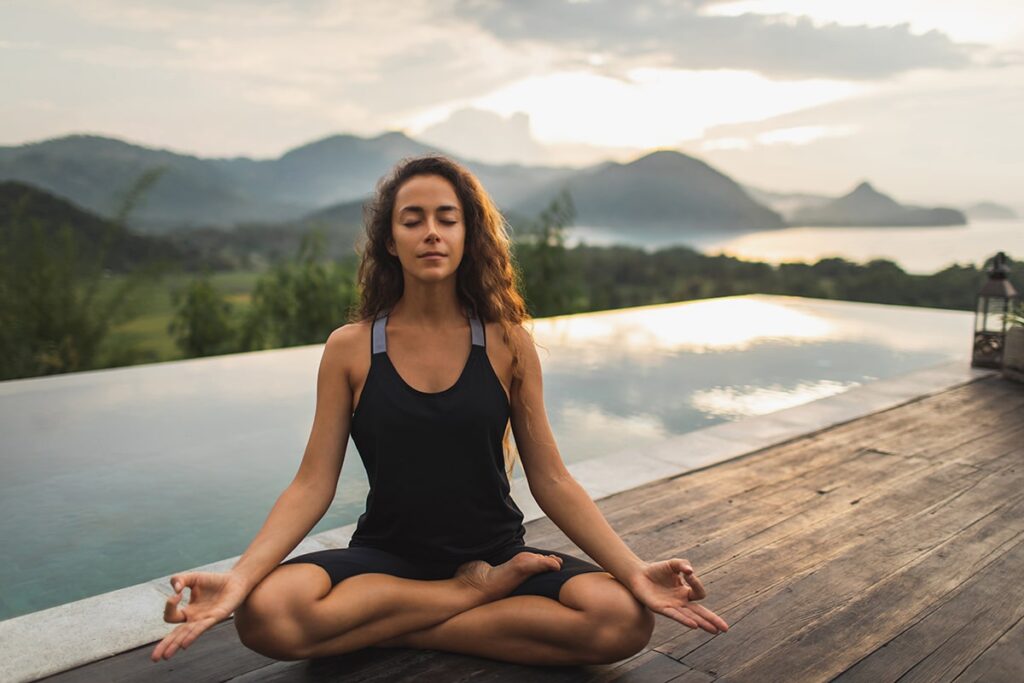
Conclusion
In conclusion, whether it’s through walking barefoot, using grounding products, or incorporating grounding techniques into your daily routine, the connection with the Earth’s energy can offer a host of benefits, from pain relief and improved sleep to helping neutralize free radicals, reducing inflammation, balancing the autonomic nervous system, and even boosting our immune response.
Grounding reminds us to slow down, and prioritize our health. It encourages us to step outside, feel the ground beneath our feet, and take a moment to reconnect with nature.
FAQ
Grounding, also known as earthing, is a therapeutic technique that involves doing activities that “ground” or electrically reconnect you to the earth. This practice relies on earthing science and grounding physics to provide numerous health benefits.
Walking barefoot allows your body to absorb free electrons from the Earth, which can neutralize free radicals and reduce inflammation in your body. This is the principle at the heart of grounding.
Yes, research suggests that grounding can help reduce chronic pain. It is believed to reduce inflammation and promote the healing of damaged tissues.
There's evidence to suggest that grounding can help improve sleep by reducing cortisol levels and stress, although more research is needed in this area.
Grounding has been found to normalize blood pressure levels, which can be beneficial for people dealing with hypertension.
Grounding encourages people to spend more time outdoors and promotes a connection to nature, which can have positive environmental effects, such as encouraging conservation and respect for the environment.
Grounding is believed to improve immune response by reducing inflammation and supporting the body's natural healing processes.
There's no hard and fast rule. However, like many health-promoting activities, the benefits likely increase with frequency. You might start with 30 minutes a day and adjust according to how you feel.
Grounding sandals are specially designed footwear that allows you to stay grounded without walking barefoot. They contain conductive materials that enable the transfer of Earth's electrons to your body.
You can purchase grounding sandals from various online retailers, including Xero Shoes, Vivo Barefoot or Earthing, all which offer a variety of grounding products.

With a positive approach and a motivation mindset, you will reach your health goals, no matter how hard they may seem at first. Learn more about my one-on-one coaching program here.

